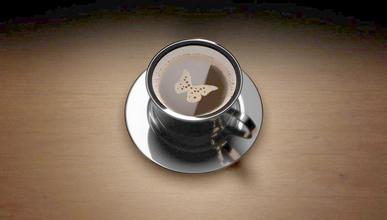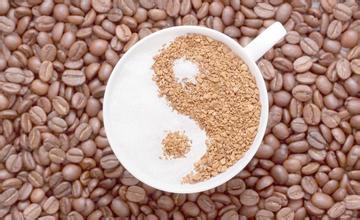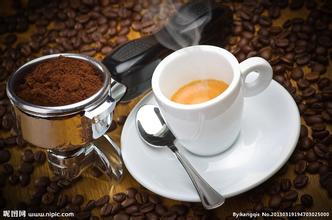Introduction to the blending method of Italian Coffee, the production method, Flavor description, Taste Grinding scale
Italian Coffee Blending Method Making Method Flavor Description Taste Grinding Scale Introduction
Adjusting the coffee extraction rate can be controlled by adjusting three factors: grinding parameters, controlling extraction rate and extraction time. The slower the coffee extraction and the longer the contact time with water, the higher the extraction rate of coffee. Therefore, if your coffee is over-extracted or under-extracted, you need to adjust the extraction rate of coffee to the best. If the coffee is too sour, try turning down the grind parameters; if it is too bitter, turn it up.
When adjusting, you need to pay attention to: gradually, only make fine adjustments to one parameter at a time, so as not to over-adjust and then rework, the best way is to adjust it bit by bit until the parameter reaches the best, not all at once.
The taste of coffee is very complex, and the adjustment of coffee extraction rate is far less simple than we say. Sometimes coffee that is not fully extracted will taste very bitter, due to the lack of sweetness in coffee; but sometimes no matter how high the extraction rate, the bitterness of coffee is not enough. The only way to really get the hang of coffee tasting is to keep trying and train your tongue. There are no shortcuts to becoming a coffee master!
Once the grinding parameters have been determined, the next step is to taste. Taste is first to judge the extraction rate of coffee, coffee extraction rate will directly affect the taste balance of coffee, if not properly mastered, the best quality coffee beans can not reflect its full potential, it can be said that extraction rate is the first factor affecting coffee taste.
Only by knowing how to taste it can you make really good coffee. As you taste it, try to judge how extracted the coffee is: over-extracted, under-extracted, or perfectly extracted? Coffee that is not fully extracted usually tastes sour, tastes thin, does not last long, and sometimes has a grassy or extra salty taste; coffee that is over-extracted usually tastes bitter and has a dry aftertaste

Important Notice :
前街咖啡 FrontStreet Coffee has moved to new addredd:
FrontStreet Coffee Address: 315,Donghua East Road,GuangZhou
Tel:020 38364473
- Prev

Basic knowledge of coffee; what is the meaning of 90% in the coffee industry-coffee industry analysis report
Coffee fundamentals; 90 what does it mean in the coffee industry? coffee industry analysis report Ninety Coffee was founded by our creative team, and our idea was to create a better manor coffee. Our team: we are committed to providing extraordinary coffee for the global professional boutique coffee market, because we will personally control it.
- Next

How to set up Chinese in artisan baking software
Artisan baking software how to set Chinese to produce different degrees of baking colors. In addition, some roasting levels are named after mixed coffee: for example, ESPRESSO is a coffee with a specific roasting degree for making ESPRESSO, and even if the color looks the same, it may have a completely different flavor. So choose the kind of beans, baking temperature and baking method.
Related
- Beginners will see the "Coffee pull flower" guide!
- What is the difference between ice blog purified milk and ordinary milk coffee?
- Why is the Philippines the largest producer of crops in Liberia?
- For coffee extraction, should the fine powder be retained?
- How does extracted espresso fill pressed powder? How much strength does it take to press the powder?
- How to make jasmine cold extract coffee? Is the jasmine + latte good?
- Will this little toy really make the coffee taste better? How does Lily Drip affect coffee extraction?
- Will the action of slapping the filter cup also affect coffee extraction?
- What's the difference between powder-to-water ratio and powder-to-liquid ratio?
- What is the Ethiopian local species? What does it have to do with Heirloom native species?

